Rising Renewable Energy Integration
The hydrogen electrolyzer market in Germany is experiencing a notable surge due to the increasing integration of renewable energy sources. As Germany aims to transition towards a low-carbon economy, the demand for green hydrogen, produced via electrolysis, is expected to rise significantly. In 2025, the share of renewables in Germany's energy mix is projected to reach approximately 65%, creating a favorable environment for hydrogen production. This shift not only aligns with national climate goals but also enhances energy security. The hydrogen electrolyzer market is thus poised to benefit from this trend, as electrolyzers become essential for converting surplus renewable energy into hydrogen, which can be stored and utilized in various sectors, including transportation and industry.
Investment in Hydrogen Infrastructure
Germany is witnessing substantial investments in hydrogen infrastructure, which is a critical driver for the hydrogen electrolyzer market. The government has allocated over €9 billion to support the development of hydrogen technologies and infrastructure as part of its National Hydrogen Strategy. This funding aims to establish a comprehensive hydrogen supply chain, including production, storage, and distribution facilities. As a result, the hydrogen electrolyzer market is likely to see increased demand for electrolyzers to meet the anticipated growth in hydrogen production capacity. Furthermore, partnerships between public and private sectors are emerging, fostering innovation and accelerating the deployment of electrolyzer technologies across various applications.
Decarbonization Initiatives in Industry
The hydrogen electrolyzer market in Germany is significantly influenced by the ongoing decarbonization initiatives across various industrial sectors. Industries such as steel, chemicals, and transportation are under pressure to reduce their carbon footprints, leading to a growing interest in hydrogen as a clean energy source. In 2025, it is estimated that hydrogen could replace up to 20% of natural gas consumption in industrial processes, thereby driving the demand for electrolyzers. The hydrogen electrolyzer market is thus positioned to play a pivotal role in facilitating this transition, as electrolyzers provide a means to produce green hydrogen that can be utilized in high-temperature processes and as a feedstock for chemical production.
Technological Innovations in Electrolysis
Technological advancements in electrolysis are emerging as a key driver for the hydrogen electrolyzer market in Germany. Innovations such as proton exchange membrane (PEM) and alkaline electrolyzers are enhancing efficiency and reducing costs. In 2025, the efficiency of electrolyzers is expected to improve by approximately 15%, making hydrogen production more economically viable. These advancements not only lower the levelized cost of hydrogen but also expand the operational capabilities of electrolyzers, allowing them to operate effectively with fluctuating renewable energy sources. Consequently, the hydrogen electrolyzer market is likely to experience increased adoption of advanced electrolyzer technologies, which can cater to diverse applications, from industrial use to energy storage.
Public Awareness and Acceptance of Hydrogen Technologies
Public awareness and acceptance of hydrogen technologies are gaining momentum in Germany, serving as a vital driver for the hydrogen electrolyzer market. As educational campaigns and pilot projects demonstrate the benefits of hydrogen as a clean energy carrier, public interest is growing. In 2025, surveys indicate that approximately 70% of the population supports the use of hydrogen in energy systems. This societal acceptance is crucial for the successful implementation of hydrogen projects, including the deployment of electrolyzers. The hydrogen electrolyzer market stands to benefit from this trend, as increased public support can lead to more favorable policies and investments, ultimately accelerating the transition to a hydrogen-based economy.


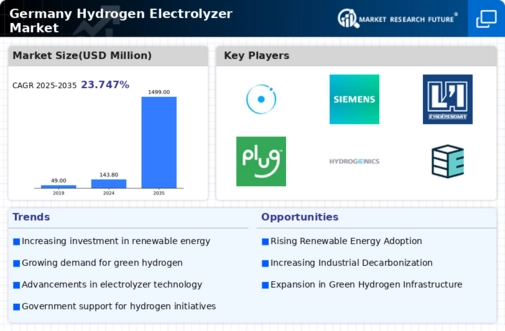
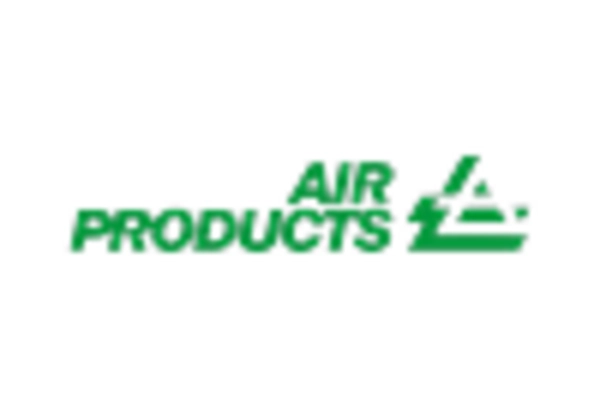

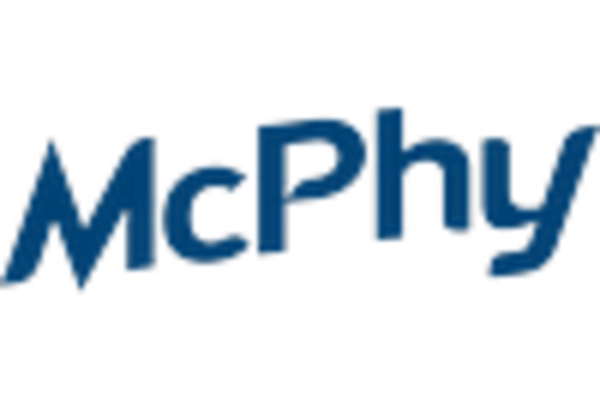
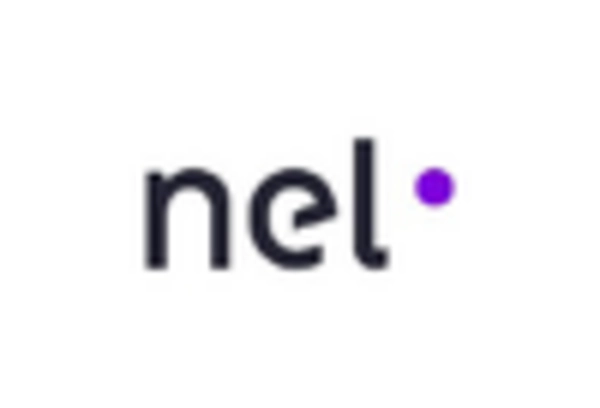

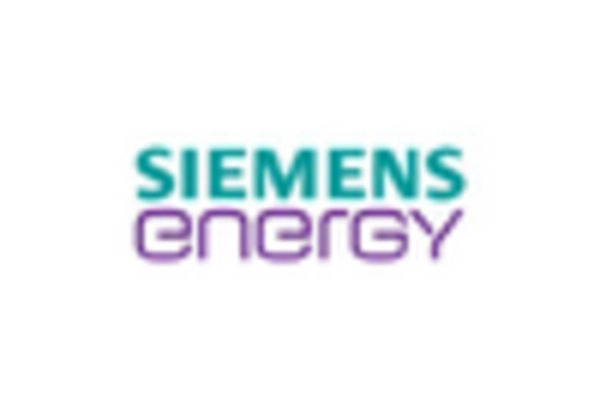








Leave a Comment